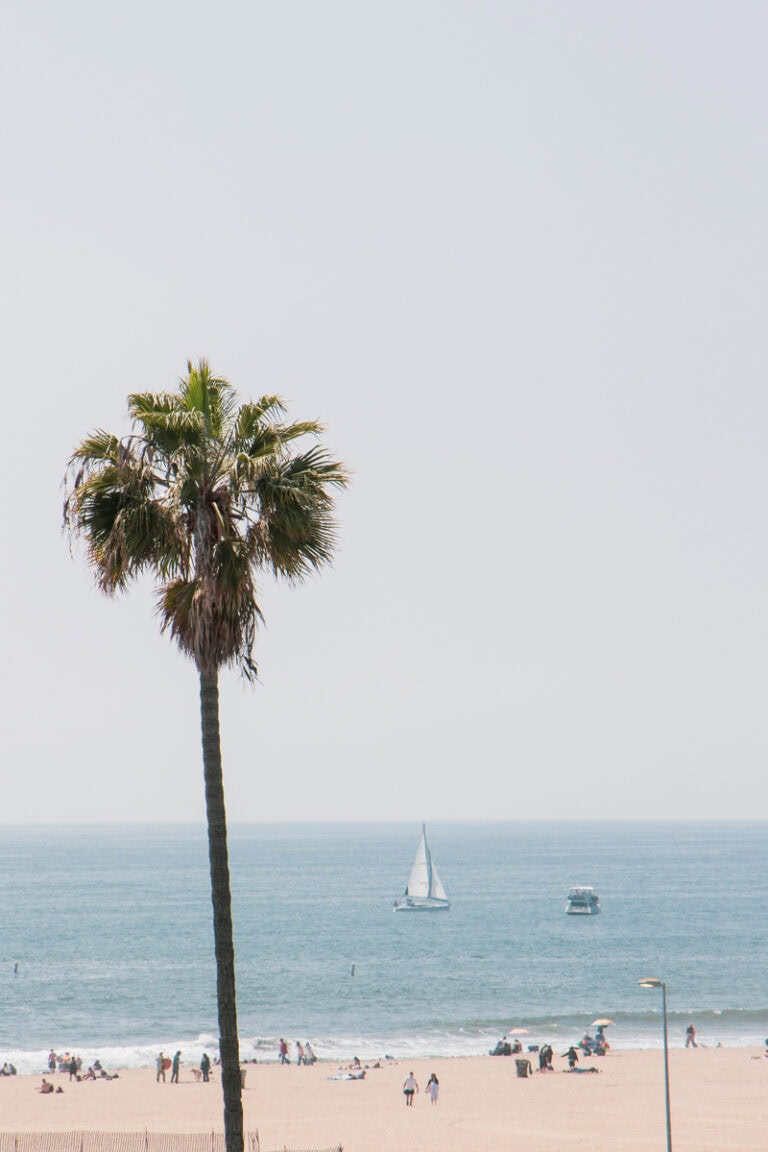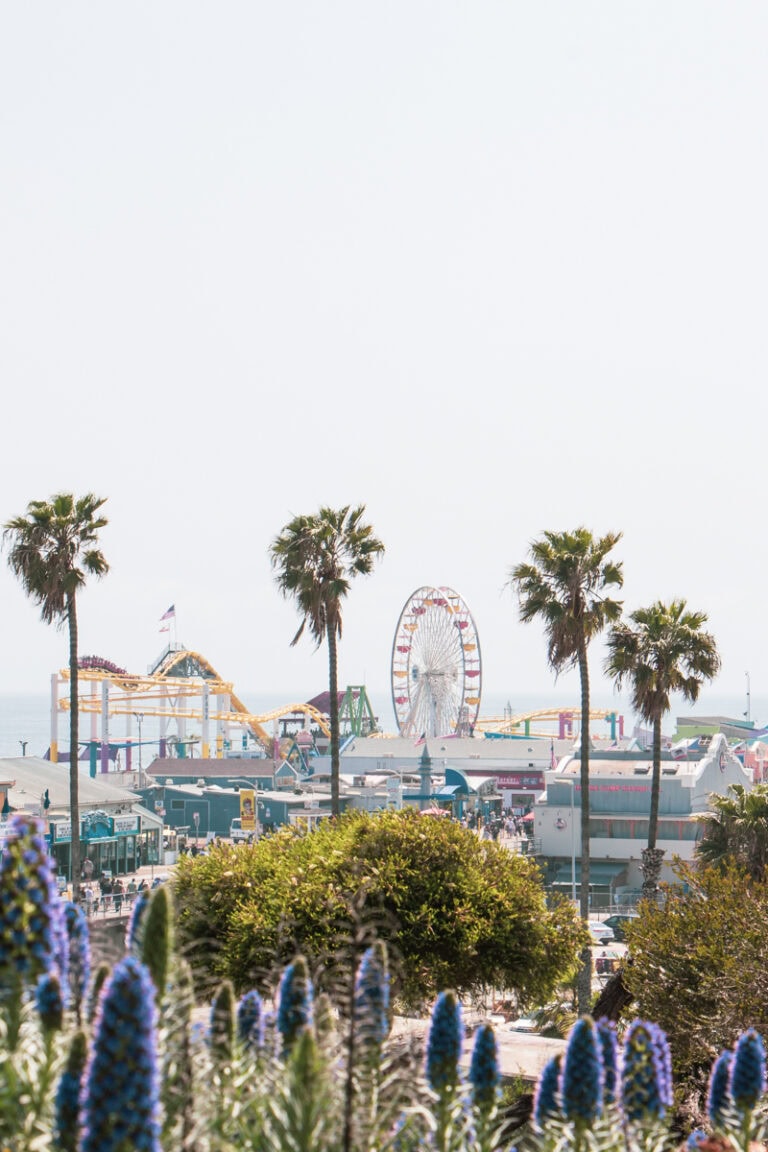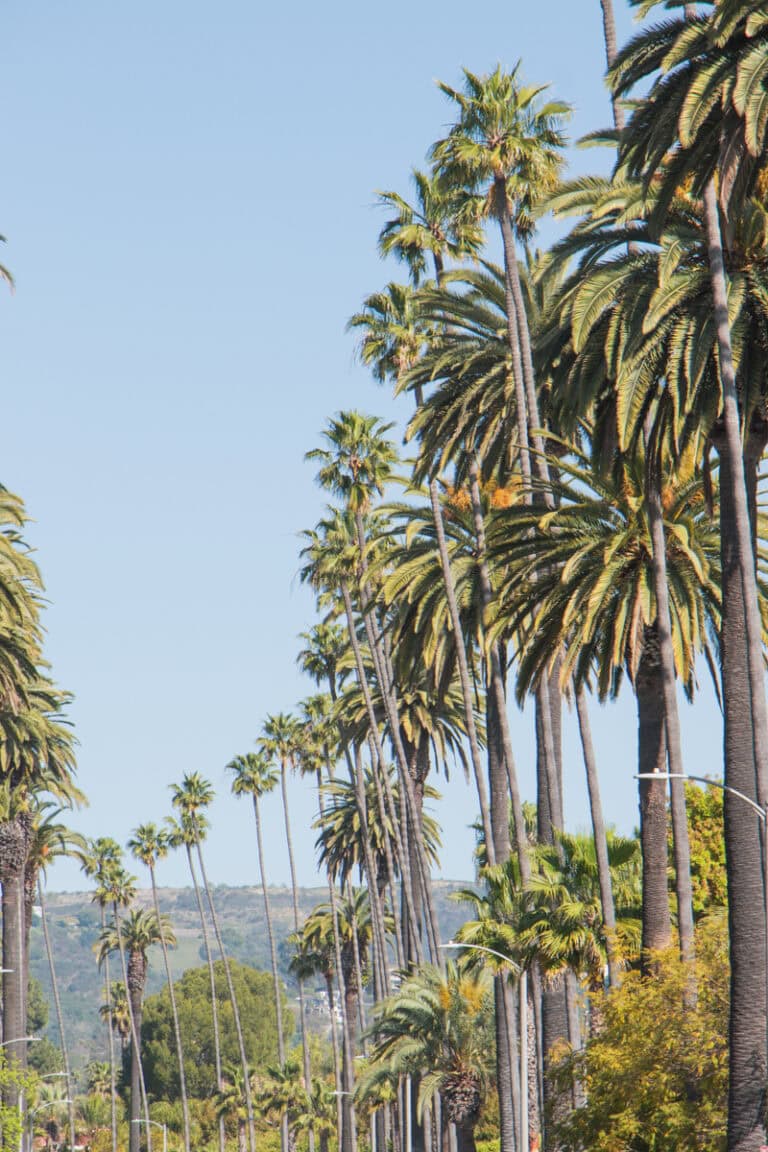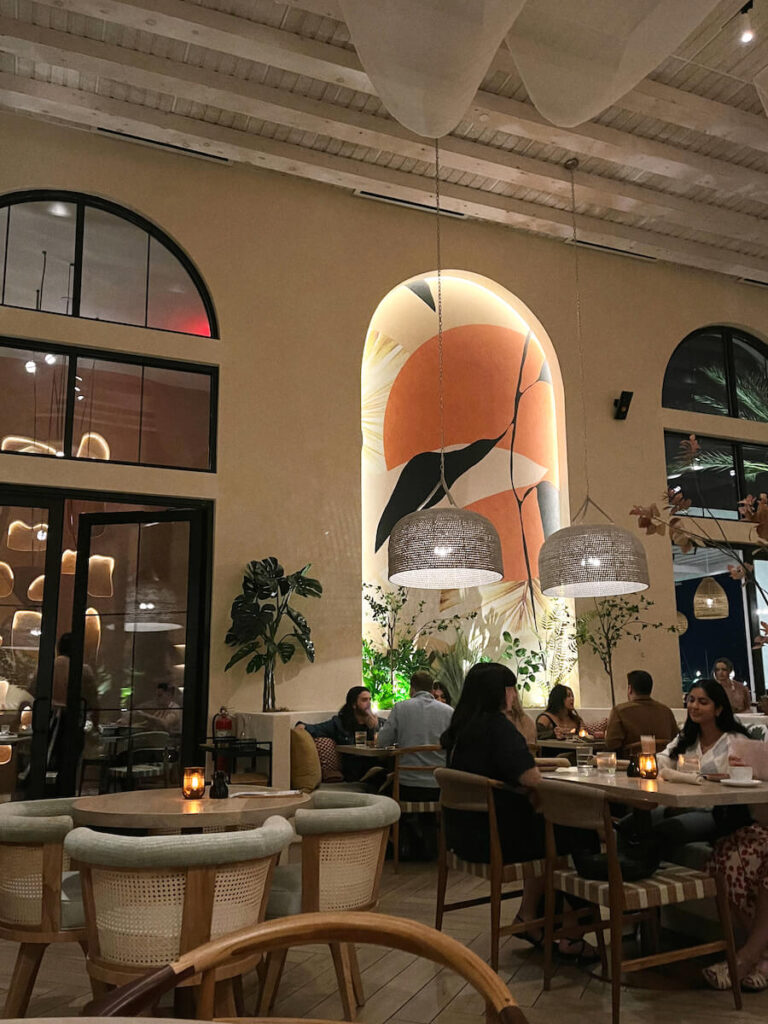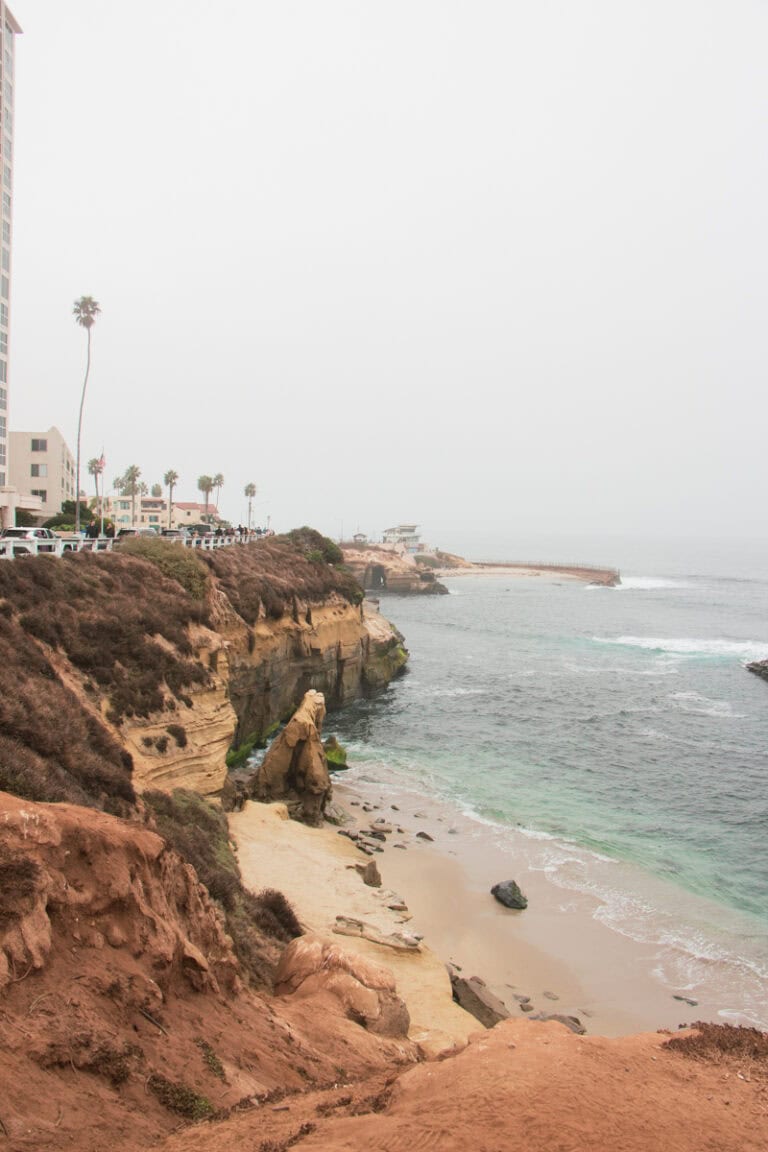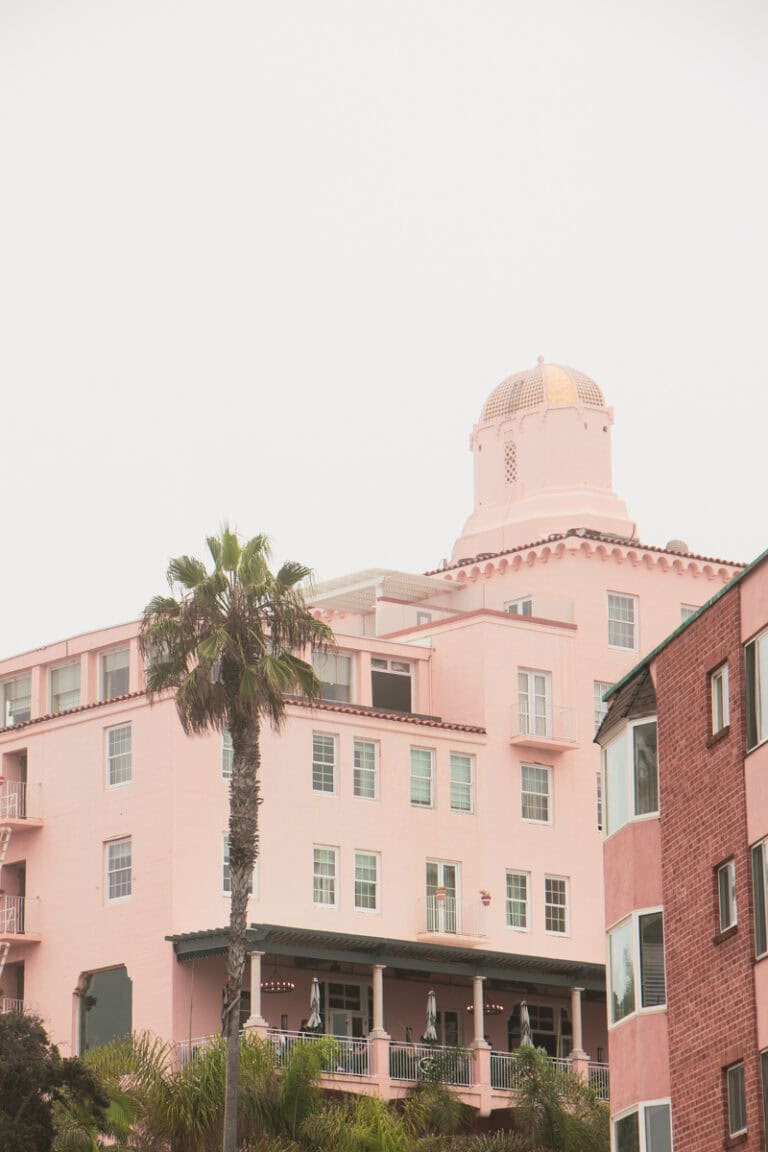The Complete Big Sur Travel Guide: What You Need to Know for Your Visit
I think everyone should add Big Sur to their travel bucket list. A picturesque rugged coast, amazing hikes, and gorgeous views in every direction – what’s not to love?
As someone who has now traveled to Big Sur quite a few times, I know planning a trip to the area isn’t always easy. In this Big Sur travel guide, I’m going through everything you need to know so that you can feel completely prepared for your visit.
We’ll talk through the different parks and reserves in the region, and will also go over some essential tips to know as you plan your trip. I’ve also included a guide on where to stay and eat while you’re exploring beautiful Big Sur.
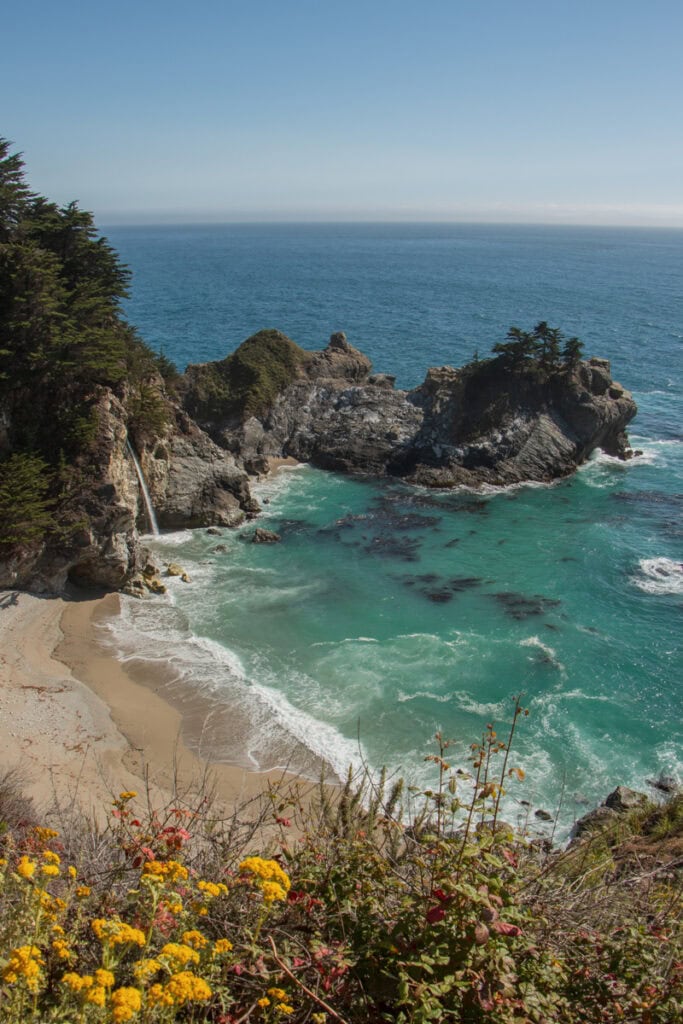
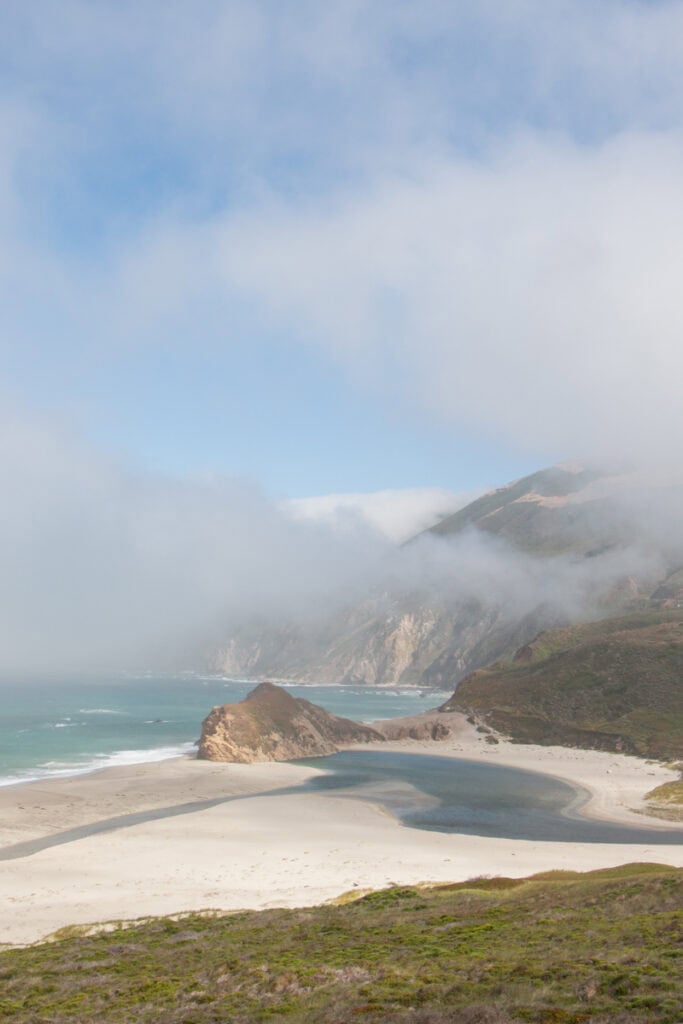
Quick note: this page contains affiliate links, which means I may earn a small commission if you click on the URL and make a purchase (at no cost to you!). As an affiliate, I only recommend services and products from trusted partners I have thoroughly vetted and can genuinely recommend. Thank you!
Want to See the Best of California?
Sign up for occasional newsletters and to get my FREE local’s guide on must-visit destinations in Southern California & the Central Coast!
Where is Big Sur? Understanding the Region
Big Sur is sandwiched between Carmel-by-the-Sea to the north and San Simeon to the south. It spans over 70 miles of the central California coast. The Pacific Coast Highway (or Highway 1) is the main artery through the region, taking travelers right along the coast and through a forest of redwood trees. As you drive, you have the beautiful rocky coastline to the west, and the Santa Lucia Mountains to the east.
Within Big Sur is a range of different California State Parks, as well as historic parks and reserves. Some of the land is also managed by Los Padres National Forest. From north to south, the parks and reserves are:
- Garrapata State Park
- Point Sur State Historic Park
- Andrew Molera State Park
- Pfeiffer Big Sur State Park
- Julia Pfeiffer Burns State Park
- John Little State Natural Reserve
- Limekiln State Park
Most of the most popular sights in Big Sur (such as McWay Falls and Bixby Bridge) are located in and between Garrapata State Park and Julia Pfeiffer Burns State Park. That said, there is a ton to explore all throughout the region.
It’s also important to highlight the town of Big Sur. Generally, when you hear people mention Big Sur, they are talking about the larger region. However, there is also an unincorporated community within the region, known as Big Sur Village. Most of the restaurants, hotels, and shops are located within (or just outside of) this village.
While not technically part of Big Sur, many travelers also visit Point Lobos State Natural Reserve when traveling through the area. Located just north of Garrapata State Park, this reserve has gorgeous coastal trails, and is a great place to spot wildlife.
How Much Time Do You Need in Big Sur?
At the very least, you should plan to spend one full day in Big Sur. While you won’t be able to see everything in the area with just a day, you can still fit in a lot!
If possible, I’d recommend spending at least two days in Big Sur. Of course, even longer is better if you’re looking for a more relaxing, slow-paced getaway!
When is the Best Time to Visit Big Sur?
There definitely isn’t a bad time to visit the area, and there are benefits to visiting Big Sur during each season. That said, for the perfect combo of fewer crowds and warm, generally sunny weather, I’d recommend visiting in the fall – particularly the early fall, before the rainy season begins to pick up around November. While you’re not completely in the clear, the coastal fog that tends to come in during the summer is also typically less common in the fall.
What to do in Big Sur
Given how expansive the region is, it probably comes as no surprise that there are a lot of things to do in Big Sur. If you are visiting for the first time, there are a few highlights that you’ll want to make sure you add to your itinerary:
- Hike along the coast at Garrapata and Andrew Molera State Parks
- Check out Bixby Bridge
- Stop at a few of the (many!) viewpoints along the Pacific Coast Highway
- Relax at Pfeiffer Beach
- See the redwood trees in Pfeiffer Big Sur State Park
- Check out McWay Falls
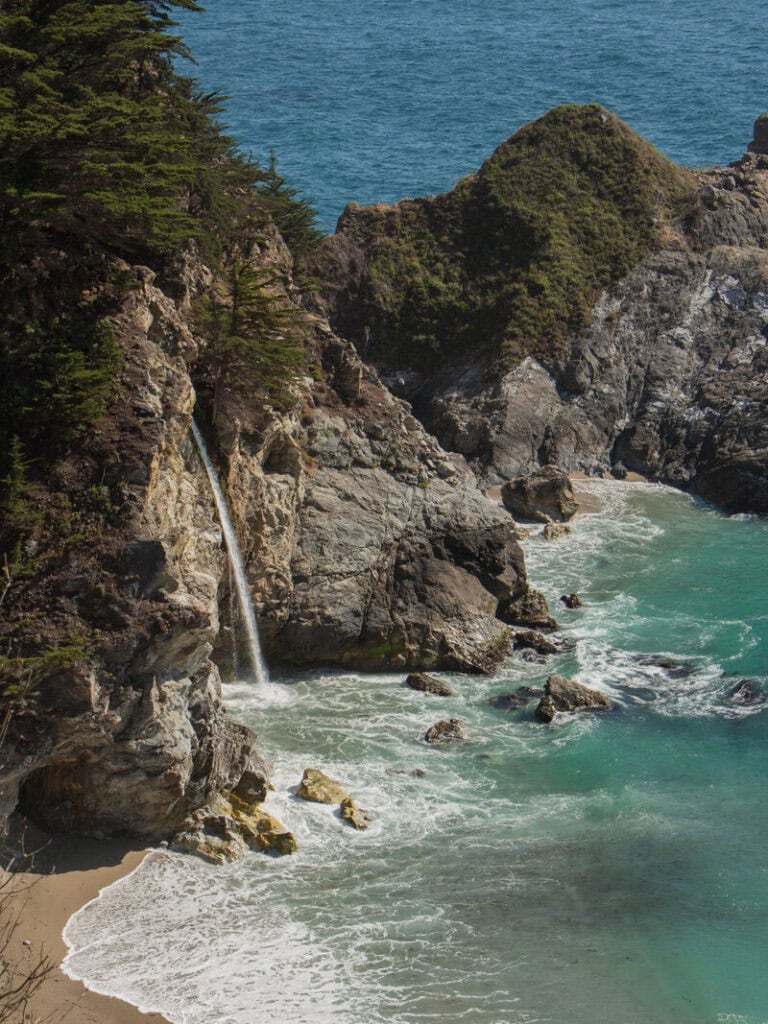
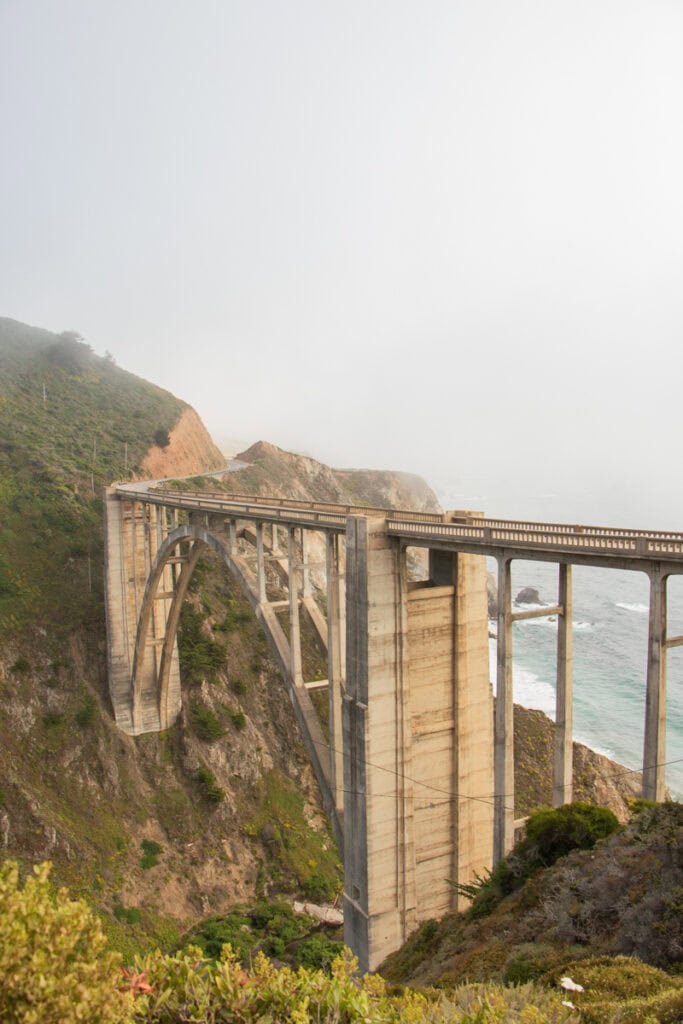
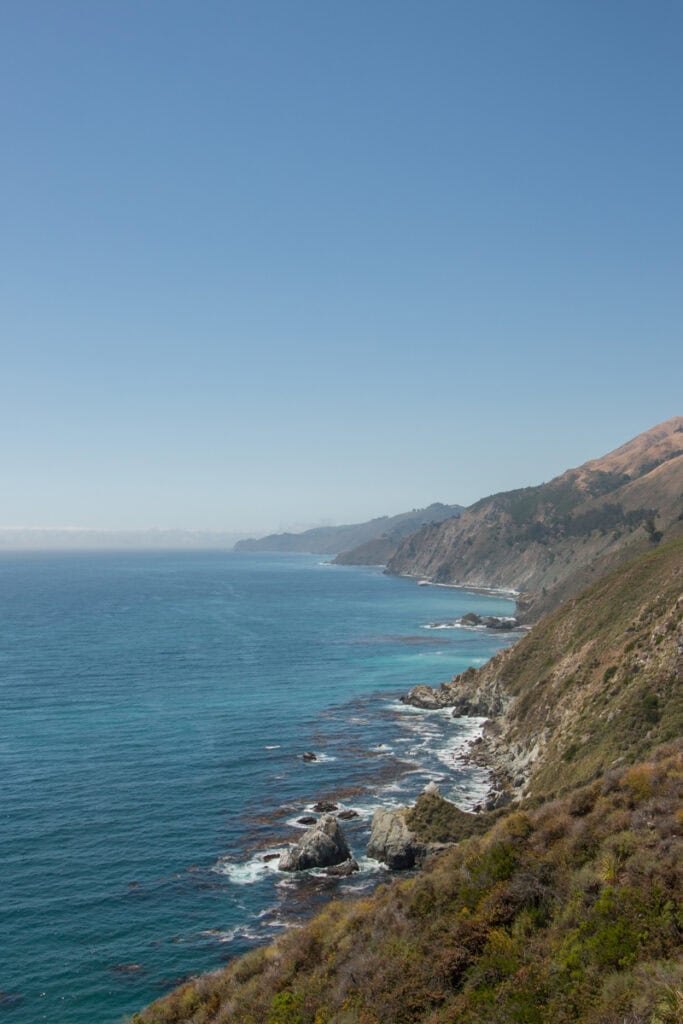
Big Sur Tips: Important Things to Keep in Mind for Your Visit
These are the things you should keep in mind as you plan your trip.
Read Up on Road Closures Before You Go
Being aware of road closures is absolutely essential. Unfortunately, road closures are common in Big Sur, thanks to landslides and other environmental damage. Two great resources that stay up-to-date on road closures are the CalTrans and the Big Sur Chamber of Commerce websites.
Currently, there is an approximately 7-mile stretch of the Pacific Coast Highway in the southern part of the region that is closed. This closure is located between the Lime Creek and Vincent Creek Bridges. This means that the majority of the attractions in Big Sur are not accessible from the south, so travelers can only drive into the region from the north. There isn’t currently an estimated date as to when this section of the highway will be open.
The good news is that the biggest attractions in Big Sur are located north of this area – so it’s still very much worth a visit, even with this closure!
On a similar note, it’s also smart to refer to the individual state park and reserve websites (all of which are linked above!) right before your visit. These websites will note any current partial or full closures within the parks.
Be Prepared for Limited Cell Service
Cell service in Big Sur is spotty at best, so don’t rely on phone data for navigation. Before your trip, I highly recommend downloading the map of the area for offline use on Google Maps. This allows you to still use navigation, even if you don’t have any service.
All you need to do is drop a pin in a spot in Big Sur, and then press the “Download” button, which is located under the “Directions” button. You may need to download a few different sections to cover the entire region.
Fill Up on Gas Before Your Visit
A car is an absolute must when you’re visiting Big Sur – you aren’t going to find any public transportation in the region! If you need to rent a car for your trip, I recommend booking a rental car through Expedia. You can compare prices from major rental companies to find the best deal.
As far as gas goes, there are a handful of gas stations in Big Sur. However, as you might expect, prices are high. Fill up on gas in either Carmel or Monterey prior to driving to Big Sur to save some money!
If you’d prefer not to drive yourself, you can also consider booking a highly-rated private charter to Big Sur (suitable for up to six people). The driver will pick you up from wherever you are staying in Monterey or Carmel, and will take you to some of the best spots in Big Sur (with the ability to adjust the itinerary to your preferences!).
Be Aware of High Food Prices & Pack Snacks and Water
There are some great eateries in Big Sur (I’ll talk about some options below), but note that prices are typically high! These restaurants are also primarily concentrated around Big Sur Village – so once you pass through, your options for purchasing more food are very limited.
With that in mind, I recommend at the very least bringing some snacks with you in the car as you explore the area. Of course, be sure to bring along plenty of water, as well!
Pack Layers & Be Ready for Changes in Weather
The weather can change a lot in Big Sur – even over the course of just one day! You might experience heavy fog and aggressive wind in the morning, and then just a few hours later find yourself battling the heat. Be prepared for the shifting coastal climate by packing along layers that you can easily take on and off as needed.
Read through my Big Sur packing guide for more information on the essentials you should bring on your trip.
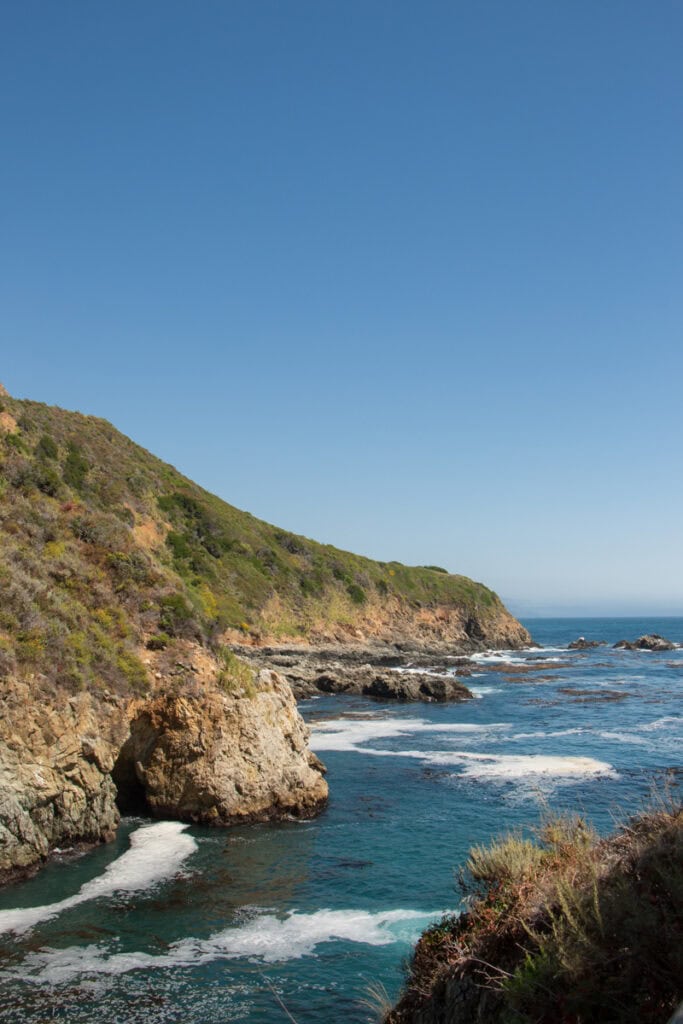

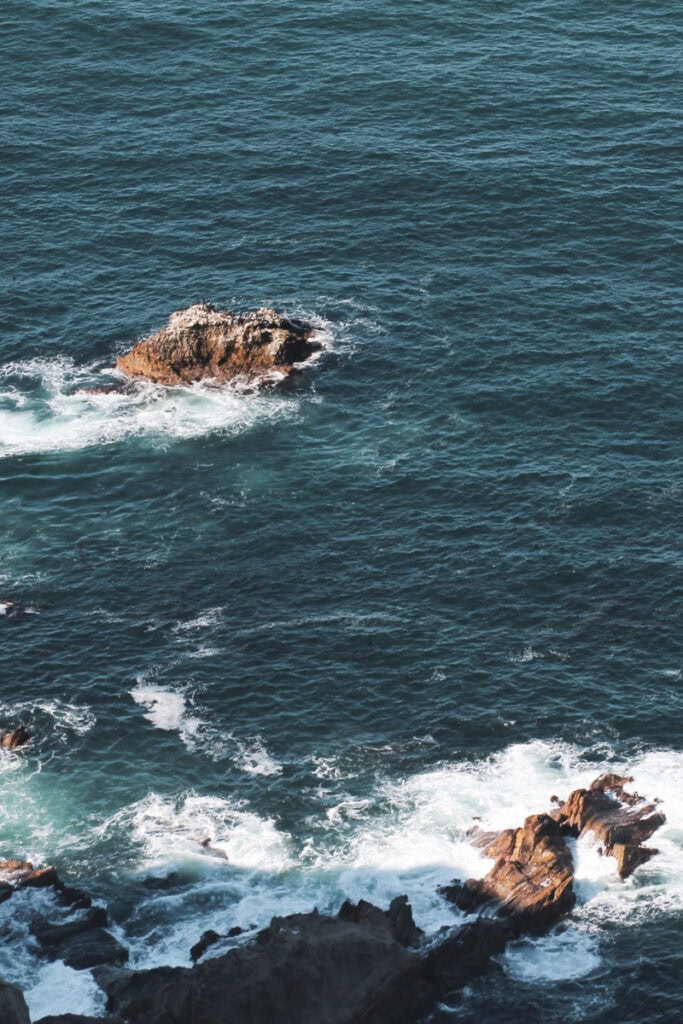
Paying the Big Sur Entrance Fee: Where & How to Buy Day Passes
If you’re just planning on driving through Big Sur (without actually stopping at any of the state parks), you don’t need to pay a fee to enter the region – there aren’t any sort of entrance kiosks directly on the PCH. However, you will need to purchase a day use pass to park at most of the state parks and reserves in the area. The one exception is Garrapata State Park, which is free to visit.
A day use pass currently costs $10 per vehicle, and you only need to purchase one for the day – it can be used at all state parks you visit that day!
Most state park parking lots will have a staffed entrance kiosk where you can purchase your day use pass on-site. In some spots (such as McWay Falls), there will be an unmanned self-registration box where you can pay in cash.
One important note: there are certain areas in Big Sur that are managed by Los Padres National Forest, rather than California State Parks. A day use pass purchased for any of the California State Parks won’t be applicable here, so you’ll need to pay a separate day use fee at the entrance kiosks. The most notable example is Pfeiffer Beach.
Where to Stay When Visiting Big Sur
As far as where to stay when visiting Big Sur, you can choose to stay in Big Sur itself, or make a nearby town your home base. There are a few hotels and resorts located in Big Sur, with some of the top options including the following:
- Big Sur River Inn – a popular 3-star hotel that is well-priced for the area
- Big Sur Lodge – another well-loved 3-star hotel that is conveniently located in the heart of Pfeiffer Big Sur State Park
- Alila Ventana Big Sur – a bucket list-worthy, all inclusive luxury 4-star resort that’s perfect for a relaxing getaway
- Post Ranch Inn – another bucket list-worthy 5-star luxury resort
Alternatively, you can choose to stay just north of Big Sur and drive into the region to explore. Many travelers choose to stay in Carmel-by-the-Sea or Monterey.
Where to Eat in Big Sur
There are some great restaurants in Big Sur, including the following:
- The Restaurant at Big Sur River Inn – a rustic spot right on the river that is open for breakfast, lunch, and dinner
- Big Sur Taphouse – a casual taproom with great food and beer that is open for lunch and dinner
- The Sur House at Alila Ventana – a warm and inviting restaurant that is open for breakfast, lunch, and dinner (reservations required)
- Nepenthe – a great casual spot with both indoor and outdoor dining that is perfect for lunch or dinner with a view
- Sierra Mar at Post Ranch Inn – an upscale restaurant with jaw-dropping coastal views that is perfect for a memorable lunch or dinner (reservations required)
- Deetjen’s Restaurant – a cozy eatery with a long history that is open for breakfast and dinner (reservations required for dinner)
Check out these posts to help you plan the perfect visit to Big Sur and the surrounding area:
- The Best Things To Do In Big Sur, CA
- The 5 Best Big Sur Viewpoints To Add To Your Itinerary
- The Perfect Big Sur Weekend Itinerary
- The Ultimate Big Sur Day Trip Itinerary: Perfect For First-Time Visitors
- Where To Stay When Visiting Big Sur: Best Areas + Hotel Recommendations
- The Best Time To Visit Big Sur: Season-By-Season Guide
- Point Lobos State Natural Reserve: Where To Hike & What To Know Before Visiting
- Where To Stay In Carmel: Best Areas + Hotel Recommendations
- The Best Things To Do In Carmel-By-The-Sea, CA
- The Ultimate Carmel-By-The-Sea Weekend Getaway Guide
- The Ultimate 3-Day Big Sur, Carmel, And Monterey Itinerary

